Sep 11, 2025
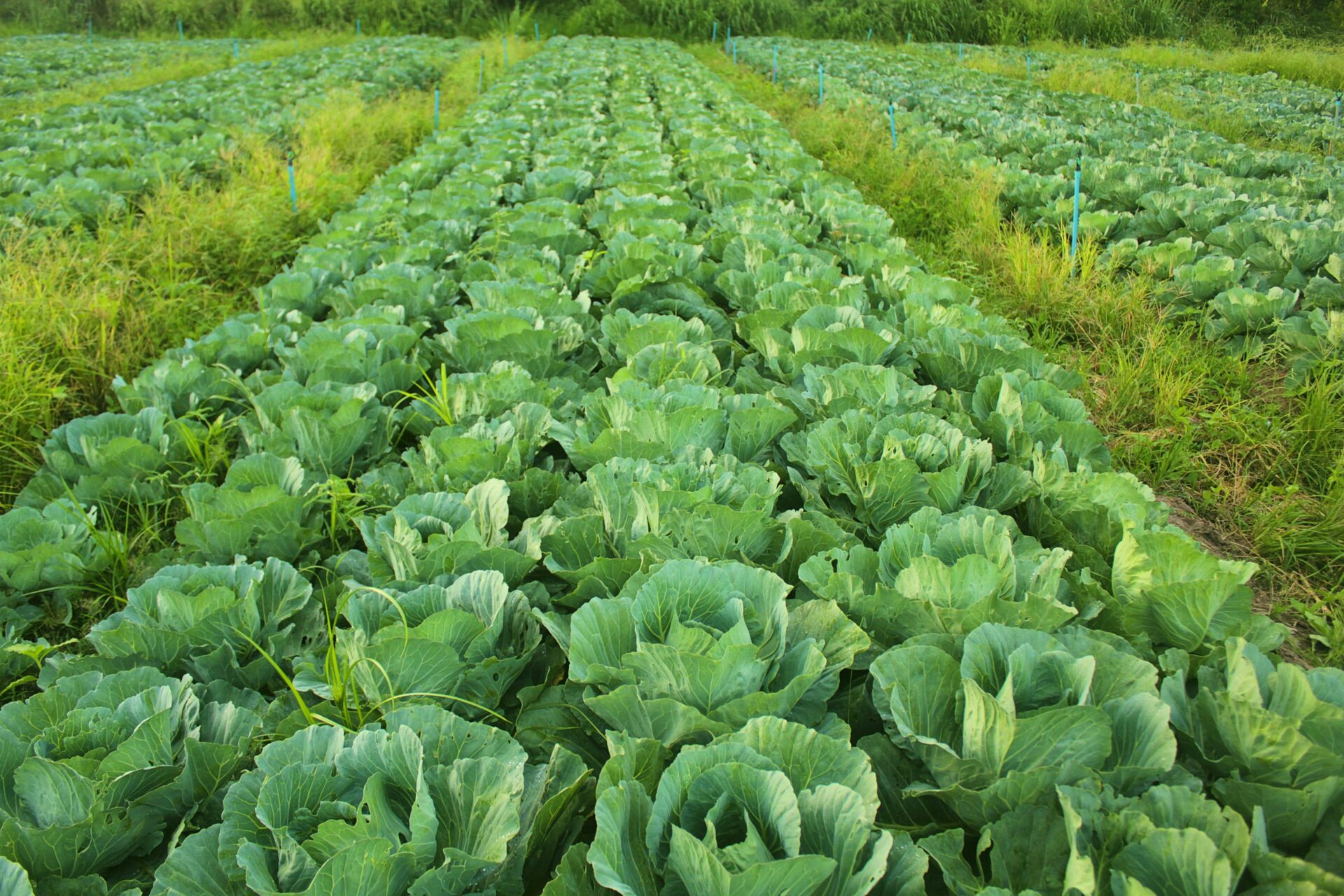
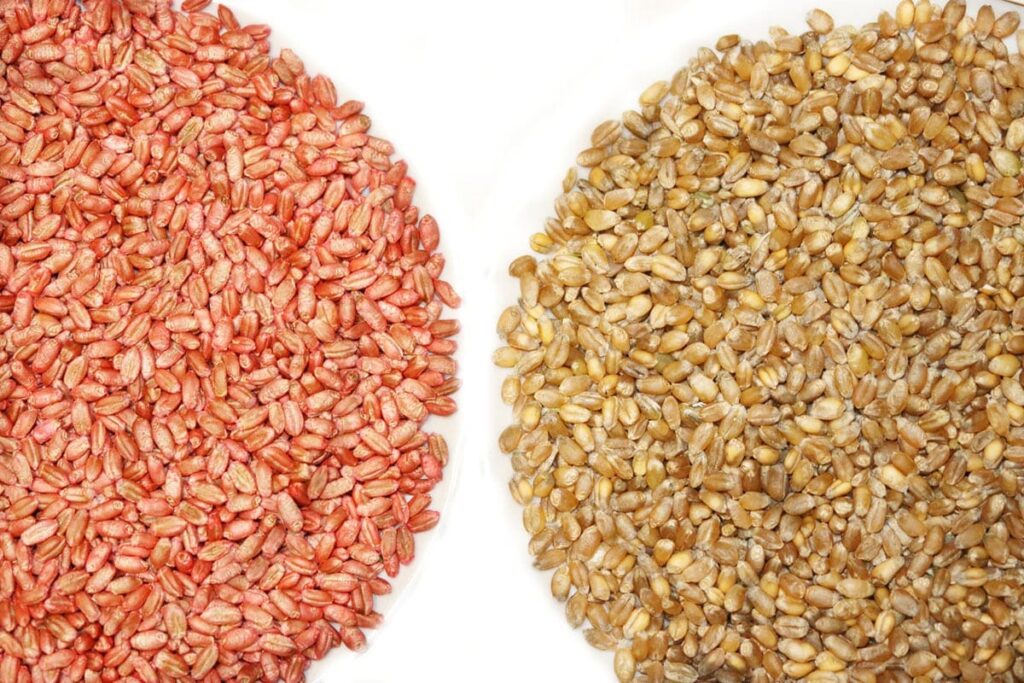
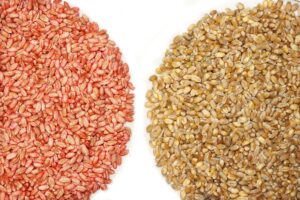
Creating an ideal seed treatment is like perfecting your favorite dish. You have some control over the ingredients (seeds) and their quality (genetics), and you can add spices (seed treatments) to build unique flavors. The final flavor of your favorite dish is less about everyone else’s tastes and more about what you want.
The same goes for your seed treatment plan. Some folks may swear by a particular broth (fungicide), and others use garlic (inoculants) each time they make the dish. Each grower has to find the right combination of ingredients for their tastes (crops). This can take some trial and error and require you to make the dish (test the seed treatment) with small adjustments over time.
To find your perfect mix, plan to deter known pests, support vigor and germination, and supercharge the spermosphere with a new and innovative microbial food, like PhycoTerra ST. Then, test your success and evolve your program next year to include innovative technologies.
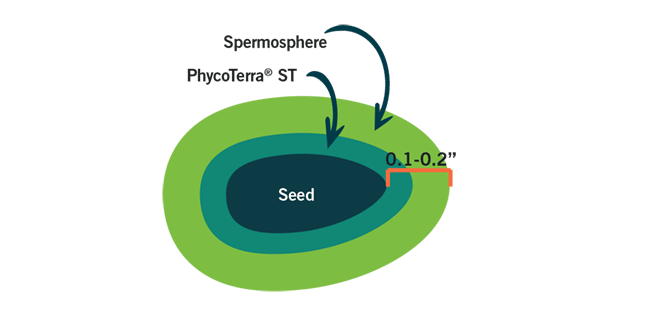
The spermosphere is a zone located around the seed where the soil, germinating seed, and microbes interact. It’s a short-lived microbial distinct zone, 2 to12 mm wide. The microbes in the spermosphere are critical to benefit your newly planted seeds and, until now, growers haven’t had the tools to leverage this critical zone.
While the seed coat provides carbon for the microbes, it’s not enough food to keep them from starving. Roughly 75% of soil microbes in farm soil are dormant due to starvation. They need a carbon-rich microbial food to wake them up so they can get to work for your crops.
Adding PhycoTerra ST feeds hungry, dormant microbes, supercharging the spermosphere to support germination, stand establishment, and yield production. Our unique microbial food improves seed development by feeding seed and soil microbes a microalgae superfood.
The spermosphere is your seed’s first encounter with the “real” world. By adding a coat of carbon around the seed, the seed can use the carbon to recruit microbial workers that help to free up nitrogen and potassium and create glue-like substance that hold the soil particles together. Supporting the microbes on and around the seed has many benefits:
The benefits of supercharging your spermosphere are clear. When you stack a seed and soil microbial food with inoculants, fungicides, and biostimulants, you give your crops a better chance for greater yields.
The genetics of a seed and the environment a seed is planted in determine the yield potential. While you can’t control the genetics of a seed beyond your purchase, you can influence the environment the seed is planted in.
Treated seeds are coated with products to protect them from pathogens, increase their chances for germination, and support seedling health. Inoculants, biostimulants, and pesticides all support your seeds in different ways.
Pesticides (e.g., fungicides, insecticides, and nematicides): Look for pesticides with multiple modes of action. They should also provide a broad spectrum of disease control. Disease incidence and severity can be influenced by multiple factors, including environmental conditions like moisture and temperature, making it difficult to predict when pathogenic infection may occur. When it comes to pathogenic fungi and other pests, you’re better safe than sorry.
Inoculants: The spermosphere influences the microbes that are present in the rhizosphere, i.e., the root zone where the growing plant interacts with soil microbes. This is when inoculants step in to help your crops’ roots. Inoculants support legume crops like soybeans, cotton, peanuts, potatoes, and cover crops. They fix nitrogen for your crops to access in exchange for carbon. They can be biofertilizers or biopesticides. Biofertilizers promote growth, while biopesticides deter harmful pests.
Biostimulants: These products support your seeds’ germination and growth. Some biostimulants support root growth, while others support above ground growth. If you’re planning to plant your seeds early, biostimulants are a great addition to your seed treatment strategy and can help your seeds’ chances of survival in non-optimal conditions.
Look for fast-acting treatments compatible with seed genetics and soil. You may not need all of these options in your seed treatments. Or, you may decide you want to protect this year’s crops at all costs and invest in each. This is where finding your right mixture comes into play.
As you’re building your seed treatment plan, ensure each component is compatible and has convenient mixability. Stacking inoculants, pesticides, fungicides, and seed and soil microbial food can help your crops reach their best results.
When you successfully create your perfect seed treatment mix, you’ll avoid seedling diseases, including root and seed rot. You’ll also increase uniform germination and crop growth. Seeds without seed treatment can experience poor nutrient uptake, reduced stand establishment, and potentially substantial yield loss.
Seed treatments typically break down in 10-14 days. Once they’re gone, your activated soil microbes will continue to support your new crop and the soil around it – if you’ve supported them with a carbon rich microbial food like PhycoTerra ST.
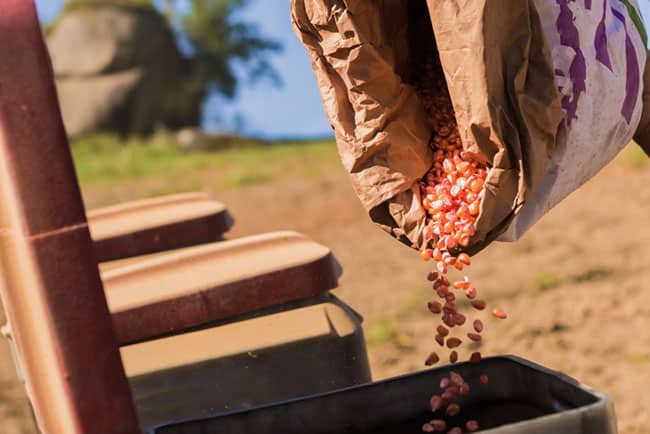
Many environmental variables can make the success of your seed treatment difficult to evaluate. You may only feel like they’ve worked once you reap the benefits of a bountiful harvest. The reality is your seed treatment’s success is generally determined by vigor, germination, stand, and disease and pest control.
If your seed treatment is unsuccessful and your yield is impacted, it’s important to investigate why this happened to make adjustments for next year. Here are some things to consider in determining why your seed treatment may have failed:
Who applied the seed treatment?
Seed treatments often need a very specific application, and some have to be stored and used in special conditions. Could there have been an error in the recommended rate, storage, or application?
Were the seeds already contaminated?
Genetics play a huge role in a seed’s success. It’s important growers consider conducting a fungal scan, a germination test, and a vigor test, especially if using a new seed or seed provider.
What was the seed treatment’s mode of action?
Some seed treatments provide environmental pressure relievers. Others provide pest pressure relievers. Some support the growth and health of the crop. Take close note of what the seed treatment was intended to do. You can’t expect a pesticide to protect against fungi.
How were your field conditions?
Even the most well protected seeds can’t survive abiotic stress like floods or sustained periods of drought. It’s important to note these instances for your historical data and testing.
When trying a new seed treatment, create a test group. You can hold a side-by-side test, or you can run a treated vs. untreated field test. This can help you fine-tune your seed treatment plan before making an investment for your entire farm.
The first 24 days for grain crops are critical for yield determination. During this time, crops are also most vulnerable. It’s important to support emergence, increased stand, and plant vigor at this stage.
Seed treatments deliver clear environmental, economic, and social benefits. To make the most of the seed and seedling stage, growers should consider making a microalgae microbe food, like PhycoTerra ST, an investment in their seed treatment program. If soil microbial food was an ingredient, it would be salt – that is, something essential to bring out the flavors of your perfect dish.
Seed support and improvement of soil health can give your plants the best chance to develop good vigor and sustain abiotic stress (drought, flood, heat, cold, etc.). While every crop might not need every type of seed treatment, all crops benefit from healthy, active microbes in the spermosphere.
To start the conversation on supercharging your spermosphere, fill out our contact form.